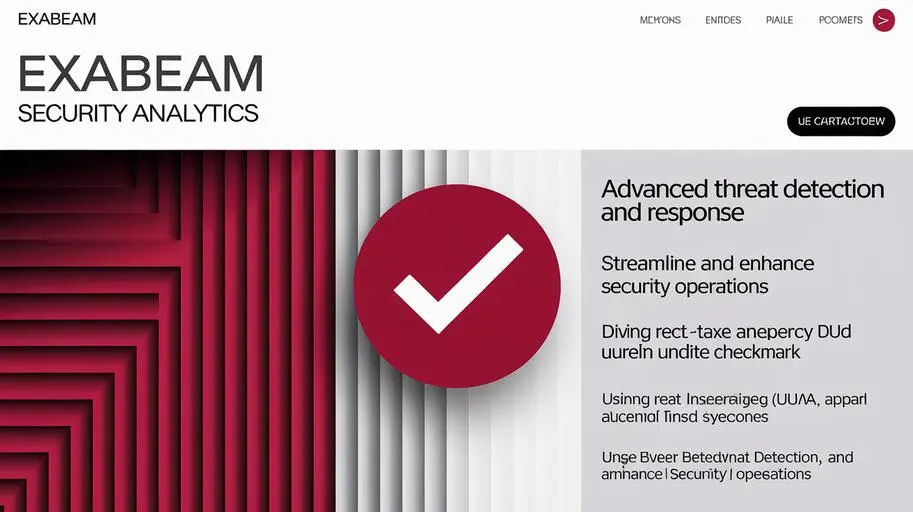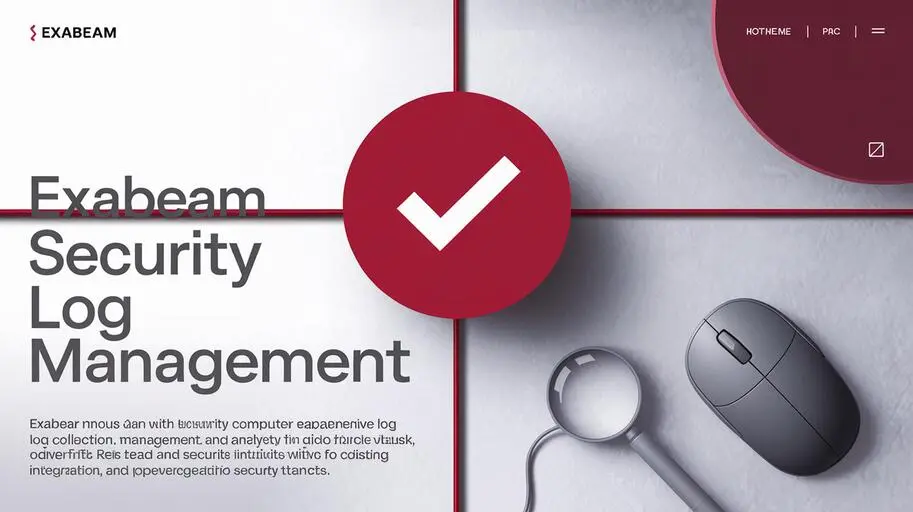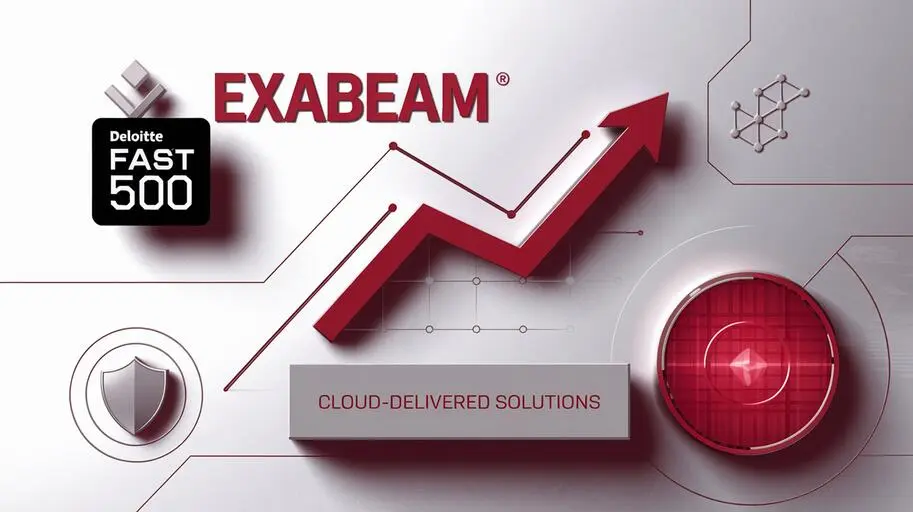
In the face of increasingly complex cyber threats, organizations need effective tools for security event management. LogRhythm SIEM provides a comprehensive solution for centralized monitoring, analysis, and threat response, helping to significantly reduce detection time and minimize damage from potential attacks.
Overview of LogRhythm SIEM
LogRhythm SIEM (Security Information and Event Management) is a platform designed to collect, analyze, and correlate security logs from various sources across the network. It provides a centralized view of the organization’s security posture, enabling rapid identification and response to incidents.
Key features of LogRhythm SIEM:
- Centralized collection and storage of security logs from various sources (servers, network equipment, applications, etc.).
- Data normalization from various sources into a unified format for easier analysis.
- Event correlation to detect sophisticated attacks that may be unnoticed when analyzing individual logs.
- Automated security incident response.
- Creation of reports on the security posture of the organization.
- Network traffic analysis.
Key advantages of LogRhythm SIEM:
- Improved threat detection through event correlation and behavior analysis.
- Automation of incident response, reducing response time and minimizing damage.
- Compliance with standards and regulatory requirements.
- Improved visibility and control over the organization’s security posture.
LogRhythm SIEM Architecture
The LogRhythm SIEM architecture is a distributed system comprised of several key components, each performing a specific function in the process of collecting, processing, and analyzing security data.
Main components of the LogRhythm SIEM architecture:
- Data Processor: Responsible for collecting, normalizing, and indexing log data. It receives logs from various sources, transforms them into a unified format, and stores them in a database.
- System Monitor: Monitors the status of all system components, ensures their operability, and collects performance information.
- Knowledge Base: Contains correlation rules, exception lists, and other information necessary for data analysis.
- Web Console: Provides a user interface for system management, viewing reports, and responding to incidents.
Component Interaction:
The Data Processor collects logs from various sources and sends them to the Knowledge Base for normalization. The Knowledge Base uses correlation rules to identify suspicious events and generate alerts. The Web Console allows users to view these alerts and take action to respond to incidents. The System Monitor ensures the stable operation of all system components.
System Scalability:
LogRhythm SIEM is designed with scalability in mind, allowing it to be adapted to various infrastructures and data volumes. You can add additional Data Processors to handle large volumes of logs or distribute system components across multiple servers for increased fault tolerance.
Installation and Configuration of LogRhythm SIEM
Installing and configuring LogRhythm SIEM is a complex process that requires specific knowledge and experience. Below is a general description of the steps required to install and configure the system.
Hardware and Software Requirements:
- Server with sufficient resources (processor, memory, disk space) to support the system components.
- Operating system supported by LogRhythm SIEM (e.g., Windows Server, Linux).
- Database (e.g., Microsoft SQL Server, Oracle).
- Java Runtime Environment (JRE).
Installation Process:
- Download the LogRhythm SIEM installation files from the official website.
- Install the necessary system components (Data Processor, System Monitor, Web Console, etc.) according to the instructions.
- Configure the database connection.
- Configure system parameters (e.g., IP addresses, ports, user accounts).
Examples of Commands and Configuration Files:
Specific commands and configuration files depend on the operating system and system components used. Refer to the official LogRhythm SIEM documentation for detailed information.
Log Collection Configuration
Log collection is one of the most important steps in configuring LogRhythm SIEM. It allows you to collect data about security events from various sources on the network and send them to the system for analysis.
Log Collection Methods:
- Syslog: The standard protocol for transmitting logs over the network.
- Agents: Software installed on hosts to collect logs locally.
- API: Application Programming Interface for obtaining logs from third-party systems.
Configuring Log Collection from Various Sources:
Configuring log collection depends on the type of source and the collection method used. You must specify the IP address or hostname of the source, the port for transmitting logs, and the log format.
Data Normalization:
Data normalization is the process of converting logs from various sources into a unified format. This is necessary for the system to effectively analyze data and identify threats. LogRhythm SIEM uses the Knowledge Base to normalize logs.

Configuration Examples for Different Log Types:
Specific configuration examples depend on the type of logs and the collection method used. Refer to the official LogRhythm SIEM documentation for detailed information.
Creating Correlation Rules
Event correlation is the process of identifying complex attacks that may be unnoticed when analyzing individual logs. LogRhythm SIEM allows you to create your own correlation rules to detect various types of attacks.
Event Correlation Concept:
Correlation rules define the conditions under which the system should generate an alert about a possible security incident. These conditions can include various events, time intervals, and parameters.
Step-by-Step Guide to Creating Your Own Correlation Rules:
- Identify the type of attack you want to detect.
- Identify the events that may indicate this attack.
- Create a correlation rule that will track these events.
- Test the correlation rule to ensure it works correctly.
Examples of Correlation Rules for Detecting Common Types of Attacks:
Specific examples of correlation rules depend on the type of attack and the log sources used. Refer to the official LogRhythm SIEM documentation for detailed information.
Using Threat Intelligence in Correlation Rules:
Threat Intelligence is information about known threats and indicators of compromise. Using Threat Intelligence in correlation rules can improve the effectiveness of attack detection and reduce the number of false positives.
LogRhythm SIEM Customization
LogRhythm SIEM provides extensive customization options, allowing you to tailor the system to the needs of a specific organization.
Configuring Dashboards and Reports:
You can create your own dashboards and reports that display information about the organization’s security posture in a visual way.
Creating Custom Alerts and Notifications:
You can create your own alerts and notifications that will be sent when certain events or conditions are detected.
Integration with Other Security Systems:
LogRhythm SIEM can be integrated with other security systems (e.g., SOAR platforms) to automate incident response and threat information sharing.
Using the LogRhythm API to Automate Tasks:
The LogRhythm API allows you to automate various security-related tasks, such as creating reports, updating correlation rules, and responding to incidents.
Analyzing Network Traffic with LogRhythm SIEM
LogRhythm SIEM uses network traffic data to identify anomalies and suspicious activity. By analyzing network traffic, you can detect various types of attacks, such as port scanning, DoS attacks, and data exfiltration.
Anomaly Analysis:
LogRhythm SIEM uses machine learning to identify deviations from normal behavior in network traffic. These deviations may indicate the presence of attacks.
Detection of Suspicious Activity:
LogRhythm SIEM uses correlation rules and Threat Intelligence to detect known suspicious activity in network traffic.
Conclusion
LogRhythm SIEM is a powerful tool for ensuring the security of an organization. Proper installation, configuration, and use of LogRhythm SIEM can significantly improve visibility and control over the security posture, reduce the time to detect and respond to incidents, and comply with standards and regulatory requirements.
For in-depth study of LogRhythm SIEM, it is recommended to study the official documentation and undergo training.
Frequently Asked Questions about LogRhythm SIEM: Functionality and Application
What is LogRhythm SIEM and what is it used for?
LogRhythm SIEM (Security Information and Event Management) is a platform for collecting, analyzing, and correlating security logs from various sources, allowing you to identify and respond to security incidents, providing a centralized view of the organization's security posture.
What are the main components of the LogRhythm SIEM architecture?
The main components of the LogRhythm SIEM architecture include Data Processor (data collection and normalization), System Monitor (system component monitoring), Knowledge Base (correlation rules), and Web Console (user interface).
What log collection methods does LogRhythm SIEM support?
LogRhythm SIEM supports log collection via Syslog, using agents installed on hosts, and via API to retrieve logs from third-party systems.
What is data normalization in the context of LogRhythm SIEM?
Data normalization is the process of transforming logs from various sources into a single format to simplify data analysis and threat detection. LogRhythm SIEM uses a Knowledge Base to normalize logs.
How does LogRhythm SIEM help in detecting complex attacks?
LogRhythm SIEM uses event correlation, that is, it identifies complex attacks that may be unnoticeable when analyzing individual logs, by comparing different events and parameters.
What is Threat Intelligence and how is it used in LogRhythm SIEM?
Threat Intelligence is information about known threats and indicators of compromise. Using Threat Intelligence in LogRhythm SIEM improves the effectiveness of attack detection and reduces the number of false positives in correlation rules.
What customization options does LogRhythm SIEM provide?
LogRhythm SIEM allows you to customize dashboards and reports, create your own alerts and notifications, integrate with other security systems, and use the LogRhythm API to automate tasks.
How does LogRhythm SIEM analyze network traffic?
LogRhythm SIEM uses network traffic data to detect anomalies and suspicious activity, such as port scanning, DoS attacks, and data exfiltration, by analyzing deviations from normal behavior and using correlation rules.





